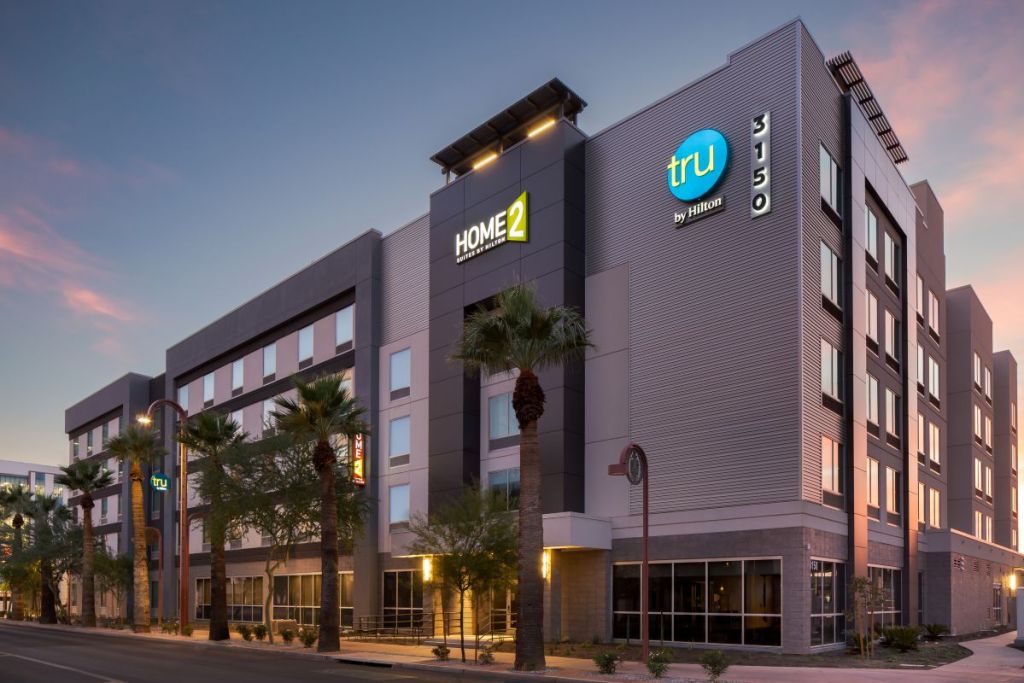In order to reduce costs and increase returns, developers are pairing up two brands within a building.
Dual-brand hotels are a way for developers to share costly infrastructure such as pools, gyms and elevators.
Adam Dahan is vice president of Azul Hospitality’s business development. He said that in today’s environment, with its high interest rates and barriers to entry for infill land, it was important to maximize the yield from a site to get a project constructed.
Marriott has over 400 co-branded hotels that are open. Hilton has more that 125 dual-brand hotels in the world, and another 100 are currently under construction. CoStar reported that several hundred dual-branded properties are being built in the U.S.
Leaner operations and lower build costs
Dual-brand hotels offer developers a quicker route to profitability, as they reduce upfront construction costs while reducing long-term overhead. Marriott’s example emphasizes shared infrastructure but keeps guest experiences separate.
Paul Thomas is the vice president of Marriott International’s international development.


